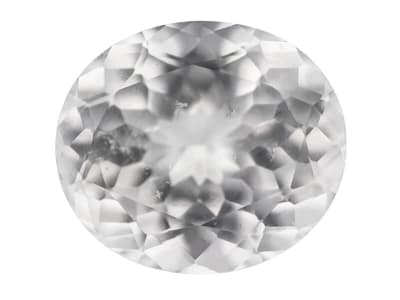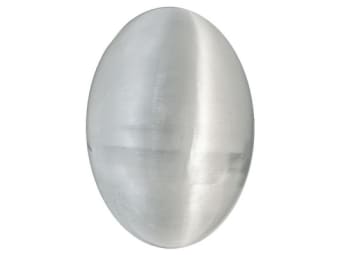A rare beryllium mineral, phenakite was named in 1833 from the Greek word for "deceiver," alluding to its similar appearance to quartz. Its crystals are predominantly rhombohedral, and less commonly short and prismatic. Phenakite's rarity, hardness, lack of cleavage and high clarity make it a great option for collectors.
General Information
LWUV: Inert to weak pink, light blue or green
Phenakite Colors
-
 Blue
Blue -
 Brown
Brown -
 Colorless
Colorless -
 Pink
Pink -
 White
White -
 Yellow
Yellow
Alternate Names
Phenacite
Countries of Origin
Tanzania, United Republic Of; Russian Federation; Sri Lanka; United States of America; Madagascar; Zambia; United Kingdom of Great Britain and Northern Ireland; Switzerland; Austria; Unknown; Norway; Brazil; France; Germany
Care
Normal Care, but avoid sudden temperature changes.
Optical Phenomena
Cat's-Eye or Star Phenakite
Star and Cat’s-eye phenakite comes from Sri Lanka. The phenomena is caused by short parallel oriented needles. The star stones can have 4 or 6 rays. The 4-ray stars intersect at 60 and 120 degrees. The stones can be colorless or milky white and often show a brown tint.


